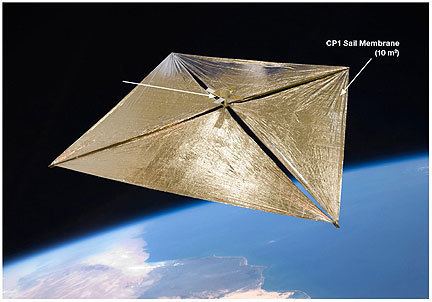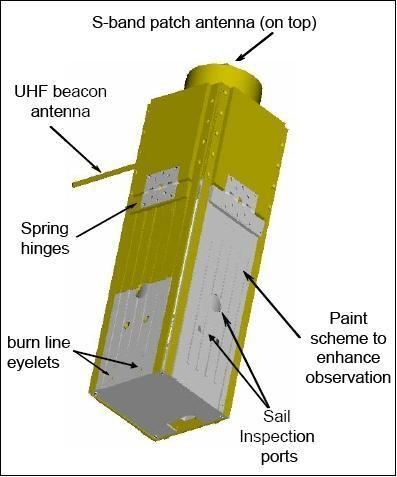Mission type Technology Mission duration Failed to orbit Inclination 9° Apogee 685,000 m | Reference system Geocentric Launch mass 4 kg Launch date 3 August 2008 | |
 | ||
Similar FASTSAT, Ratsat, LightSail 2, IKAROS, FalconSAT‑2 | ||
Minotaur 4 rocket launches fastsat nanosail d 7 satellites total from kodiak alaska
NanoSail-D was a small satellite which was to have been used by NASA's Ames Research Center to study the deployment of a solar sail in space. It was a three-unit CubeSat measuring 30 by 10 by 10 centimetres (12 × 3.9 × 3.9 inches), with a mass of 4 kilograms (8.8 lb). The satellite was lost shortly after launch due to a problem with the rocket carrying it; however, a replacement, NanoSail-D2, was launched in 2010 to complete its mission.
Contents
- Minotaur 4 rocket launches fastsat nanosail d 7 satellites total from kodiak alaska
- Nanosail d unfurls in five seconds
- Spacecraft
- References
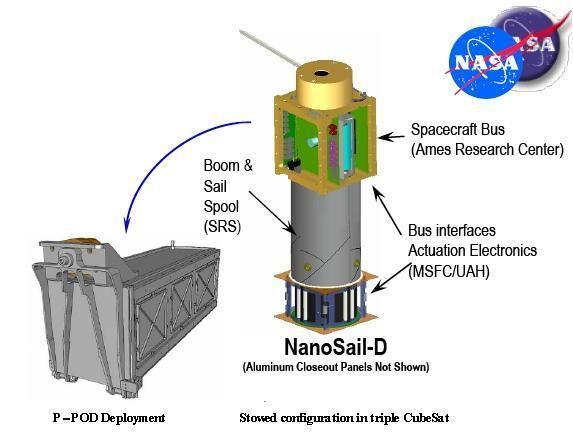
Nanosail d unfurls in five seconds
Spacecraft

NanoSail-D was to have been deployed on the third flight of the Falcon 1 rocket, which was launched from Omelek Island at 03:34 UTC on 3 August 2008. One of two CubeSats aboard, along with PRESat, it was a secondary payload to the Trailblazer which was to have been operated by the Operationally Responsive Space Office of the United States Department of Defense. The launch was conducted by SpaceX, and also carried a space burial payload for Celestis. Two minutes and forty seconds after launch, the spent first stage of the rocket was jettisoned; however, unexpected residual thrust caused it to recontact the second stage, which resulted in the rocket being thrown off course. Unable to achieve orbit, the rocket and payloads fell into the Pacific Ocean.
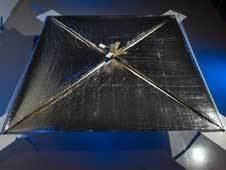
NanoSail-D was to have been operated in a low Earth orbit with a perigee of 330 kilometres (210 mi), an apogee of 685 kilometres (426 mi) and 9 degrees of inclination. It would have been operational for around seven days, after which time it would have been expected to run out of power. Its solar sail had an area of 10 square metres (110 sq ft). The satellite was developed and tested in four months.
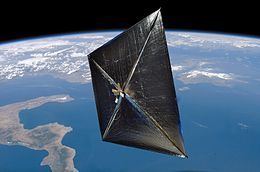
NanoSail-D2 was built as a ground spare for NanoSail-D. Following the launch failure of NanoSail-D in August 2008, NanoSail-D2 was launched as NanoSail-D on a Minotaur IV rocket in November 2010, and deployed from the FASTSAT satellite.
